Home>Gardening & Outdoor>Landscaping Ideas>When Was Fake Grass Invented
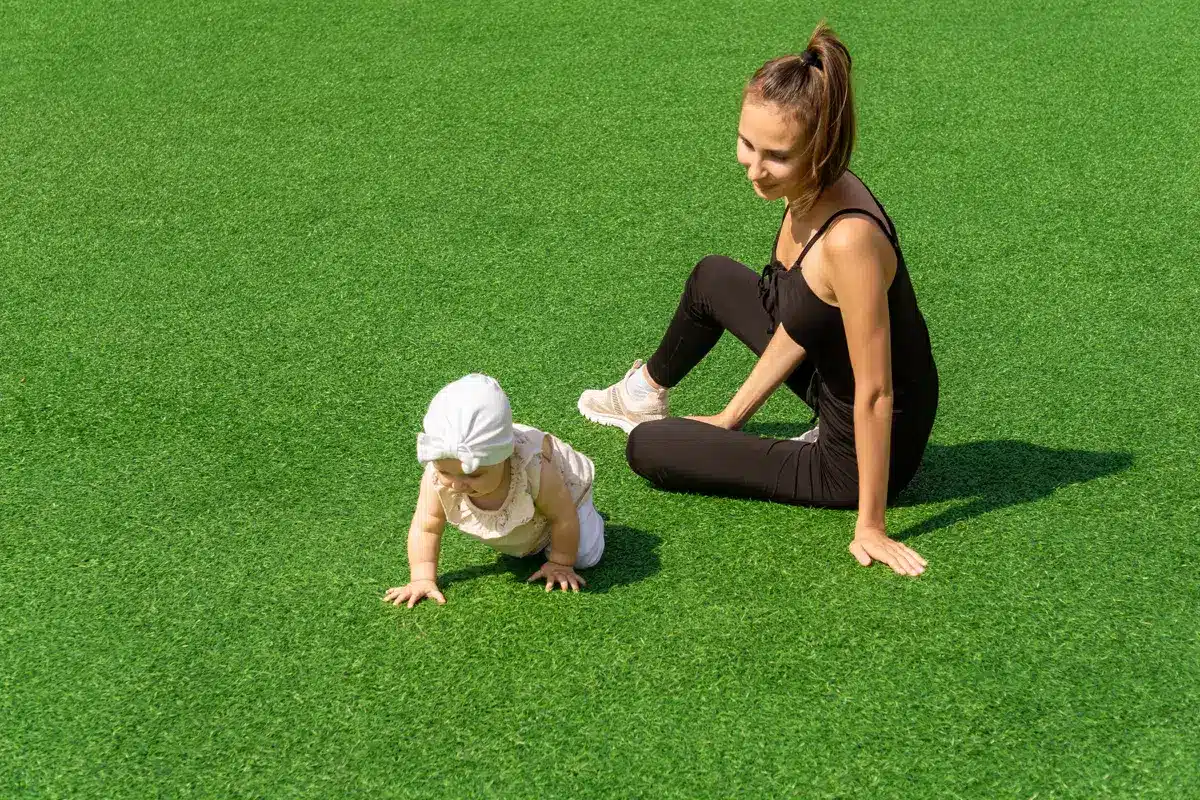

Landscaping Ideas
When Was Fake Grass Invented
Modified: March 24, 2024
Discover the history of fake grass and its impact on landscaping ideas. Learn about the invention and evolution of artificial turf for your outdoor space.
(Many of the links in this article redirect to a specific reviewed product. Your purchase of these products through affiliate links helps to generate commission for Storables.com, at no extra cost. Learn more)
Introduction
Welcome to the fascinating world of artificial turf, where innovation meets nature to create a sustainable and visually appealing alternative to natural grass. The history of fake grass is a testament to human creativity and our constant quest for practical solutions to everyday challenges. From its humble beginnings to the advanced synthetic options available today, the evolution of artificial turf is a captivating journey that intertwines technological progress with environmental consciousness.
In this article, we will delve into the origins of fake grass, exploring its early history, the development of modern synthetic turf, its growing popularity, and the environmental impact and sustainability of this innovative landscaping solution. By understanding the roots and advancements of artificial turf, we gain a deeper appreciation for its role in shaping contemporary landscapes and contributing to eco-friendly living.
Key Takeaways:
- Fake grass, from its early days in sports arenas to modern residential landscapes, has evolved to look and feel like real grass, conserving water and reducing chemical usage for a sustainable and visually appealing outdoor environment.
- Artificial turf offers a low-maintenance, durable, and eco-friendly alternative to natural grass, contributing to water conservation, environmental sustainability, and vibrant outdoor spaces for homes and communities.
Read more: When Was The Bathtub Invented
Early History of Artificial Turf
The concept of artificial turf dates back to the mid-20th century, with its origins intertwined with the world of sports. In the 1960s, the demand for alternative playing surfaces that could withstand heavy use and varying weather conditions led to the development of the first generation of synthetic turf. This initial iteration of artificial grass, primarily used in sports arenas and stadiums, aimed to provide a durable and low-maintenance alternative to natural grass.
One of the pivotal moments in the early history of artificial turf was its installation at the Houston Astrodome in 1966. This iconic sports venue became the first major stadium to embrace synthetic turf, marking a significant milestone in the evolution of landscaping and sports surfaces. The introduction of artificial turf revolutionized the way sports facilities were designed and maintained, offering a resilient and all-weather playing field for athletes and spectators alike.
Early iterations of artificial turf, however, faced challenges in terms of aesthetics and player comfort. The synthetic fibers used in these early versions lacked the natural look and feel of real grass, and the playing surface often posed higher risks of injuries due to its hardness. Despite these limitations, the concept of artificial turf continued to evolve, driven by the need for reliable and versatile landscaping solutions in various domains.
As the 20th century progressed, the application of artificial turf expanded beyond sports arenas, finding its way into residential and commercial landscapes. The versatility of synthetic turf, coupled with its potential for water conservation and low maintenance, sparked interest in using fake grass for lawns, parks, and other outdoor areas. This shift marked the beginning of a new era for artificial turf, as it transitioned from a niche solution for sports facilities to a mainstream landscaping option embraced by homeowners, businesses, and municipalities.
Development of Modern Synthetic Turf
The evolution of synthetic turf has been marked by significant technological advancements that have transformed artificial grass into a highly realistic and sustainable landscaping option. In the late 20th century, research and development efforts focused on enhancing the visual appeal, durability, and eco-friendliness of artificial turf, paving the way for modern synthetic turf as we know it today.
One of the key breakthroughs in the development of modern synthetic turf was the refinement of the materials used in its construction. Advanced synthetic fibers, such as polyethylene and polypropylene, replaced the earlier generations of artificial grass, offering a more natural look and softer texture. These innovative materials not only improved the aesthetic qualities of synthetic turf but also contributed to its resilience and ability to withstand prolonged use and environmental exposure.
Furthermore, the backing systems of artificial turf underwent substantial improvements, incorporating eco-friendly and recyclable components. This shift towards sustainable manufacturing practices aligned synthetic turf with the growing emphasis on environmental responsibility, making it an appealing choice for eco-conscious consumers and businesses seeking greener landscaping alternatives.
The development of modern synthetic turf also saw the integration of advanced drainage systems, UV stabilization technologies, and heat-reducing features. These enhancements addressed some of the common concerns associated with artificial turf, such as heat retention and water runoff, making it a more practical and environmentally friendly choice for diverse applications.
As the 21st century unfolded, the aesthetics and performance of synthetic turf continued to evolve, with a focus on creating an authentic and natural-looking alternative to real grass. The introduction of multi-tonal fibers, varied blade lengths, and realistic thatch layers contributed to the striking resemblance of modern artificial turf to natural lawns, blurring the lines between the two in terms of visual appeal and tactile experience.
Moreover, the development of infill materials, such as recycled rubber and organic options, further enhanced the sustainability and shock-absorbing properties of synthetic turf, making it a safer and more environmentally friendly choice for sports fields, playgrounds, and recreational areas.
Fake grass, also known as artificial turf, was invented in the 1960s. It was originally used for sports fields, but has since become popular for residential and commercial landscaping.
Popularity and Advancements in Fake Grass
Over the past few decades, fake grass has experienced a remarkable surge in popularity, driven by a combination of technological innovations, environmental considerations, and shifting attitudes towards sustainable landscaping solutions. The widespread adoption of artificial turf across residential, commercial, and public spaces reflects its growing recognition as a practical, visually appealing, and eco-friendly alternative to natural grass.
Advancements in fake grass have played a pivotal role in its increasing popularity. The development of diverse turf varieties tailored to specific environments and usage requirements has expanded the applicability of artificial turf across a wide spectrum of settings. From lush backyard lawns to high-traffic urban spaces, fake grass offers a versatile and low-maintenance landscaping solution that thrives in diverse climates and conditions.
Furthermore, the customization options available for artificial turf have contributed to its rising appeal. Homeowners and landscape designers can now choose from an array of synthetic turf styles, colors, and textures, allowing for personalized outdoor spaces that exude natural beauty without the need for constant maintenance and water consumption.
The durability and resilience of modern fake grass have also bolstered its popularity. With advanced engineering and manufacturing techniques, synthetic turf can withstand heavy foot traffic, inclement weather, and prolonged UV exposure, maintaining its pristine appearance year-round. This reliability, coupled with minimal upkeep requirements, has positioned artificial turf as an attractive choice for properties seeking enduring and aesthetically pleasing landscaping solutions.
Artificial turf’s popularity has been further amplified by its role in promoting water conservation and environmental sustainability. As concerns about water scarcity and environmental impact continue to grow, fake grass has emerged as a water-wise alternative that eliminates the need for excessive irrigation, chemical fertilizers, and gas-powered lawn maintenance equipment. By reducing water usage and minimizing the use of harmful chemicals, artificial turf aligns with the principles of eco-friendly landscaping and contributes to a greener, more sustainable urban environment.
Moreover, the versatility of fake grass in accommodating diverse recreational and leisure activities has expanded its appeal. From backyard play areas and pet-friendly surfaces to sports fields and rooftop gardens, artificial turf provides a safe, resilient, and visually appealing foundation for various outdoor pursuits, enhancing the usability and aesthetic charm of spaces across residential and commercial domains.
Environmental Impact and Sustainability of Fake Grass
The environmental impact and sustainability of fake grass are integral considerations in evaluating its role as a landscaping solution. As the demand for water-efficient and eco-friendly alternatives to natural lawns continues to rise, artificial turf has come under scrutiny for its ecological footprint and long-term environmental implications.
One of the primary environmental benefits of fake grass lies in its potential to conserve water. Unlike natural grass, which demands regular irrigation to maintain its lush appearance, artificial turf requires minimal to no watering, significantly reducing overall water consumption in urban and suburban landscapes. This water-saving attribute of fake grass is particularly significant in regions facing water scarcity and drought conditions, where the transition to synthetic turf can contribute to sustainable water management and conservation efforts.
Moreover, the use of artificial turf eliminates the need for chemical fertilizers, herbicides, and pesticides commonly applied to natural lawns. By eradicating the reliance on these synthetic inputs, fake grass minimizes chemical runoff and soil contamination, fostering a healthier and more balanced ecosystem within urban and residential environments. This reduction in chemical usage aligns with sustainable landscaping practices, promoting biodiversity and ecological resilience in urban green spaces.
Furthermore, the longevity and durability of artificial turf contribute to its overall sustainability. Unlike natural grass, which may require frequent replanting, mowing, and maintenance, synthetic turf maintains its structural integrity and visual appeal over an extended lifespan. This longevity minimizes the use of fossil fuel-powered lawn equipment and reduces the generation of green waste, presenting a more sustainable approach to landscaping maintenance and resource utilization.
While the environmental benefits of fake grass are significant, it is essential to consider the material composition and end-of-life implications of synthetic turf. As the industry continues to prioritize sustainability, efforts to develop recyclable and eco-friendly artificial turf components have gained traction. Innovations in recyclable backing materials, biodegradable infills, and sustainable manufacturing practices are shaping the next generation of environmentally conscious synthetic turf, addressing concerns related to waste management and product disposal.
Ultimately, the environmental impact and sustainability of fake grass are influenced by a holistic assessment of its water-saving potential, chemical reduction benefits, durability, and recyclability. By integrating these considerations into the design, production, and lifecycle management of artificial turf, the landscaping industry can further advance the ecological integrity and long-term sustainability of synthetic grass as a responsible choice for modern urban and residential landscapes.
Read more: When Was AC Invented
Conclusion
The evolution of fake grass from its early iterations to the modern synthetic turf we see today reflects a remarkable convergence of innovation, environmental consciousness, and practical landscaping solutions. The journey of artificial turf, shaped by advancements in materials, manufacturing techniques, and sustainability initiatives, has positioned it as a compelling alternative to natural grass, offering a host of benefits for residential, commercial, and recreational landscapes.
As artificial turf continues to gain popularity, its role in promoting water conservation, reducing chemical usage, and enhancing the resilience of urban green spaces underscores its significance in sustainable landscaping practices. The ability of fake grass to thrive in diverse climates, withstand heavy use, and minimize maintenance requirements aligns with the growing emphasis on eco-friendly and low-impact landscape design, contributing to the creation of vibrant, water-wise, and visually appealing outdoor environments.
Moreover, the ongoing advancements in fake grass, coupled with a focus on recyclability and environmental stewardship, signal a promising trajectory towards even greater sustainability and ecological responsibility within the artificial turf industry. By prioritizing the development of eco-conscious materials, manufacturing processes, and end-of-life strategies, synthetic turf manufacturers and landscape professionals can further elevate the environmental integrity and long-term viability of artificial grass as a sustainable landscaping solution.
In essence, the journey of fake grass from its inception to its current prominence exemplifies the harmonious integration of technology, environmental awareness, and human creativity in redefining the outdoor landscape. As we embrace the potential of artificial turf to conserve water, minimize chemical impact, and foster resilient green spaces, we embark on a collective endeavor to cultivate sustainable, visually captivating, and eco-friendly outdoor environments that enrich lives and benefit the planet.
With a commitment to continued innovation, environmental stewardship, and community engagement, fake grass stands as a testament to the transformative power of sustainable landscaping, inspiring a greener, more vibrant future for urban and residential landscapes alike.
Frequently Asked Questions about When Was Fake Grass Invented
Was this page helpful?
At Storables.com, we guarantee accurate and reliable information. Our content, validated by Expert Board Contributors, is crafted following stringent Editorial Policies. We're committed to providing you with well-researched, expert-backed insights for all your informational needs.
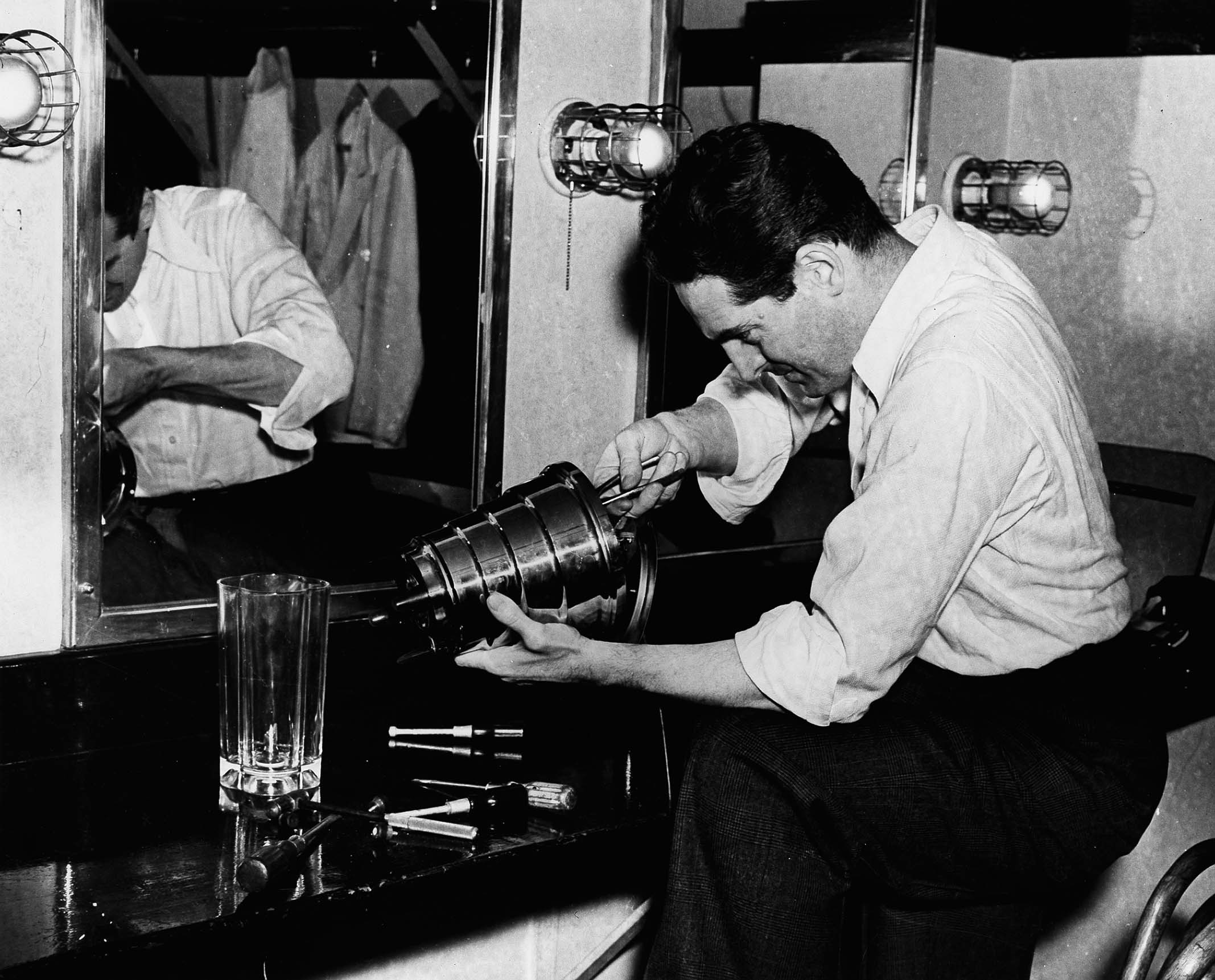

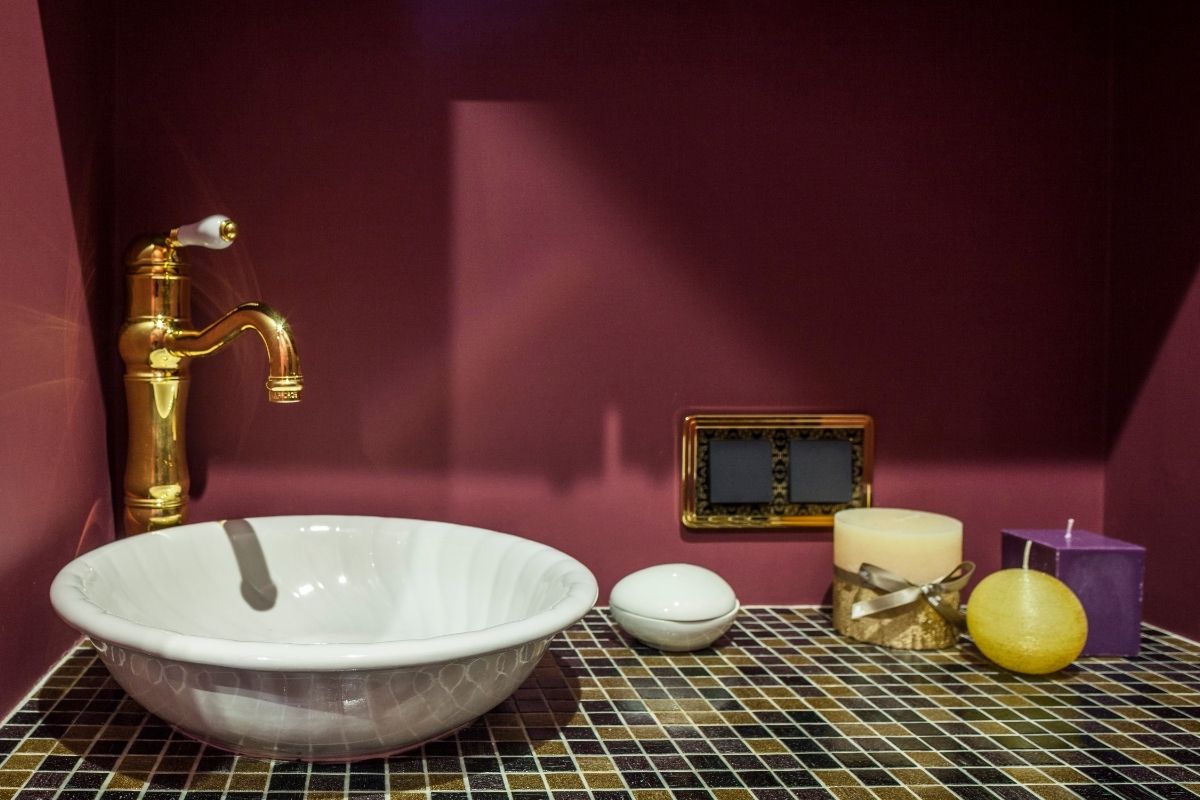


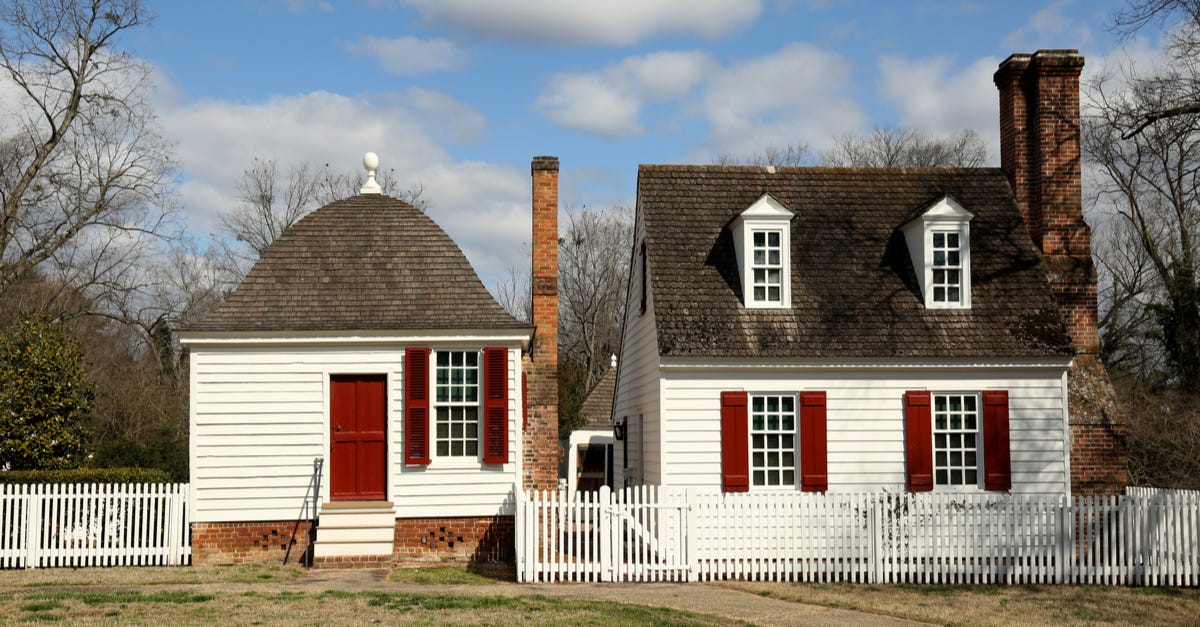

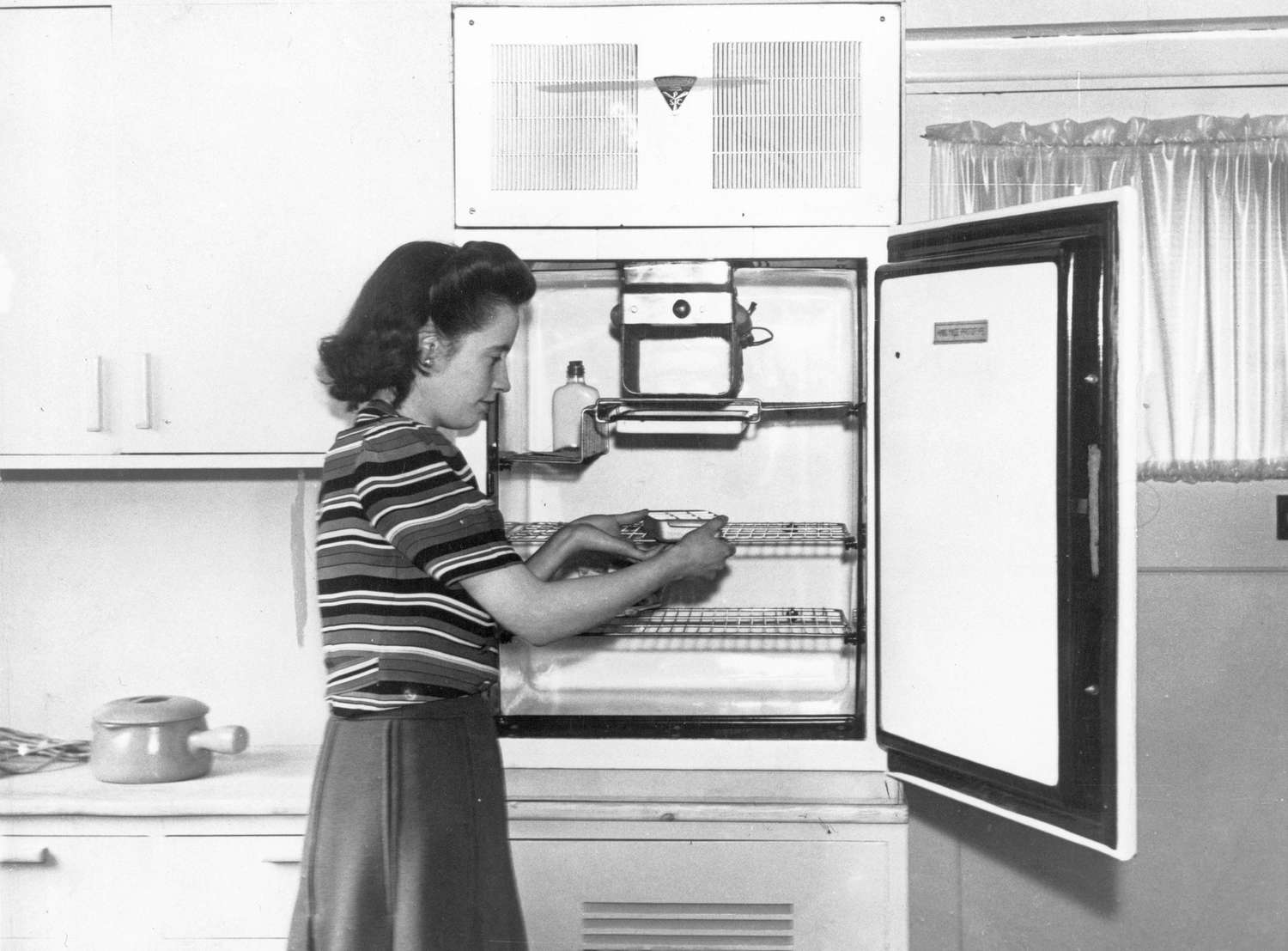
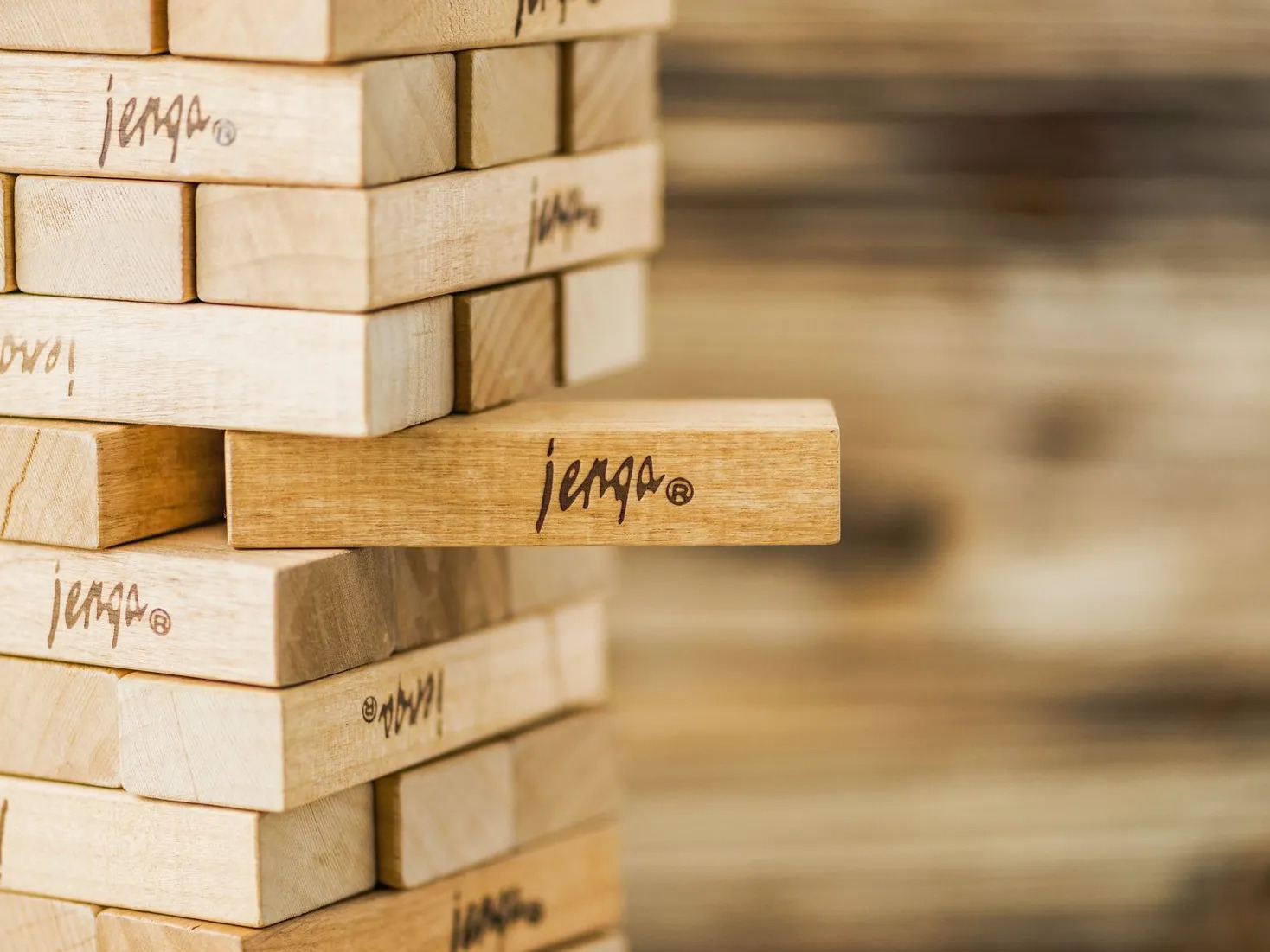

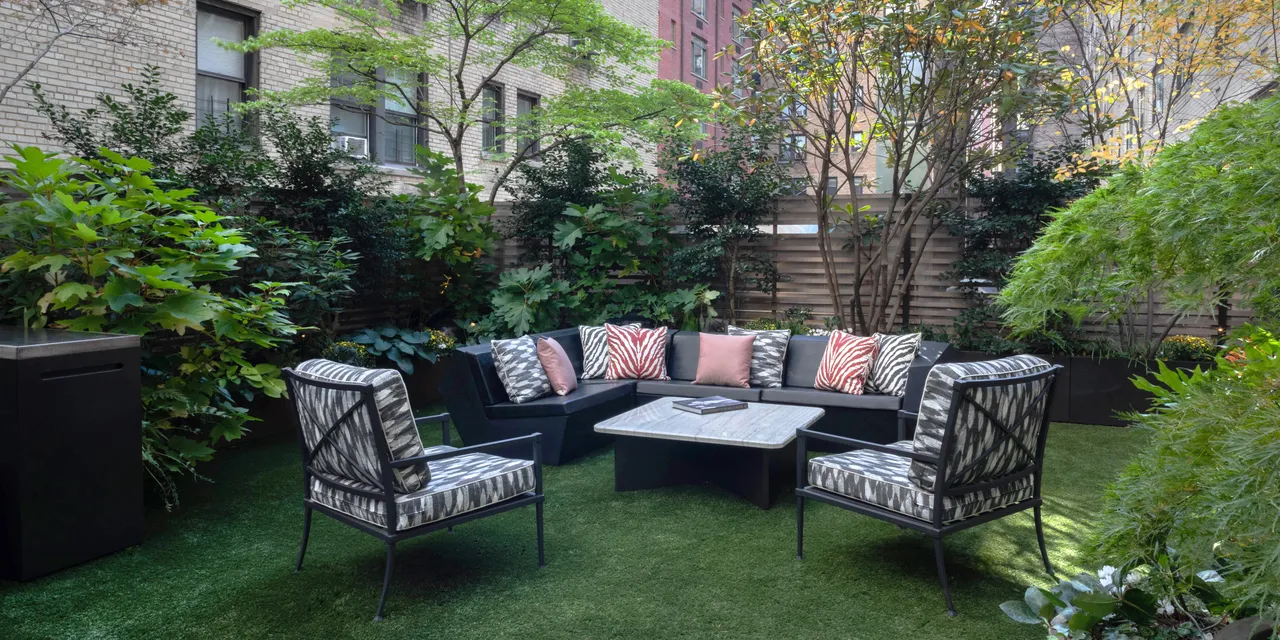
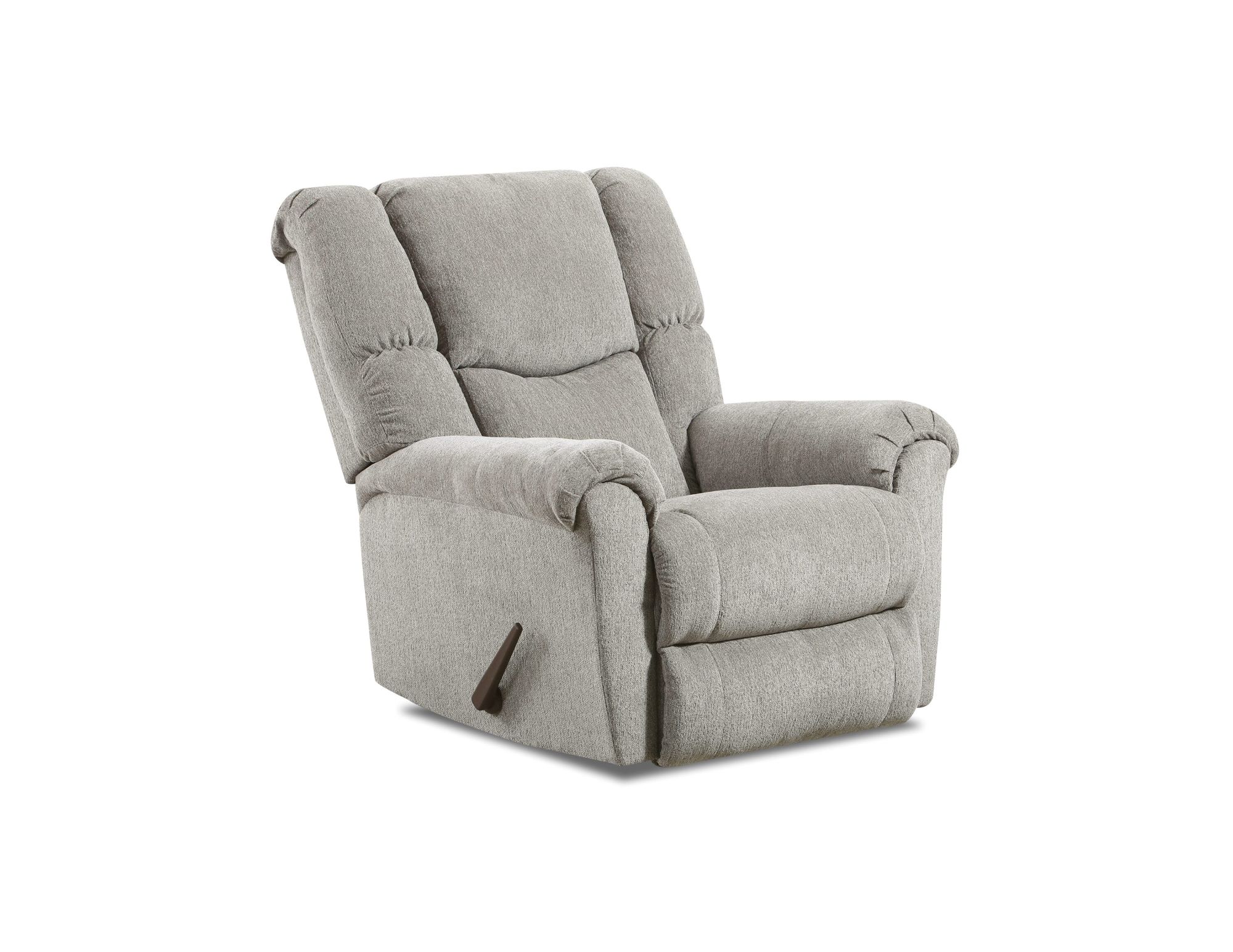
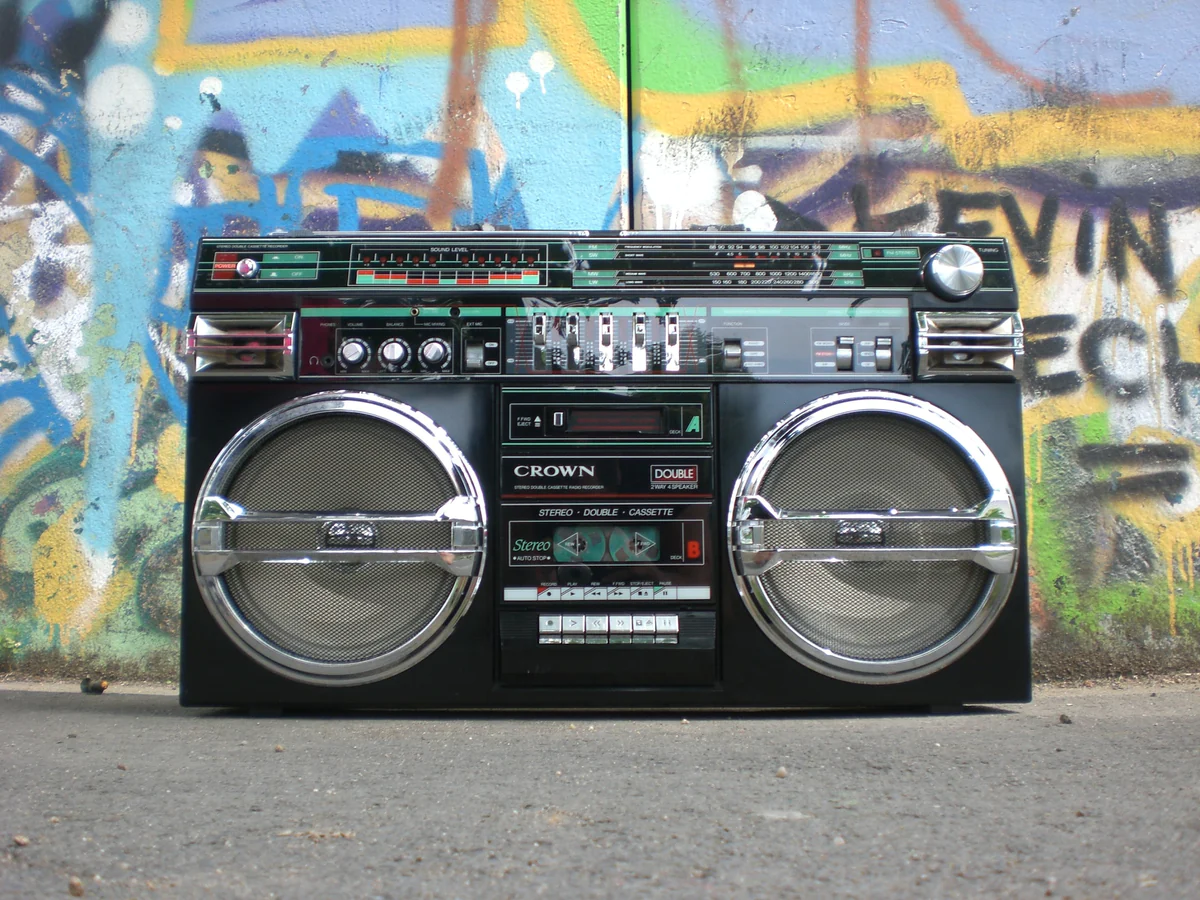


0 thoughts on “When Was Fake Grass Invented”